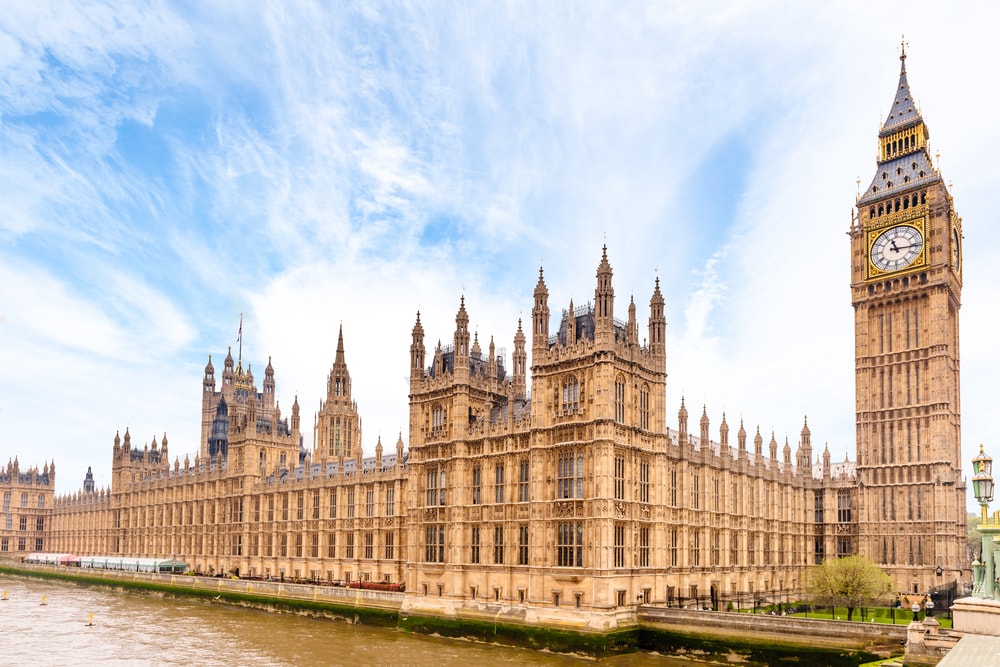Several companies have published their 2025 half-year results, showing mixed outcomes regarding the funding of their defined benefit (DB) pension schemes, particularly in relation to surpluses.
Rolls-Royce Holdings reported a slight decline in its post-retirement scheme surplus, which stood at £750m as of 30 June 2025, down from £790m at the end of 2024.
Financing on the surplus during the first half of the year was £11m (statutory), slightly lower than the £12m recorded for the same period in 2024.
The group’s UK DB schemes accounted for most of the surplus, totalling £749m, with just £1m attributed to its overseas DB schemes.
Elementis also saw a small reduction in its pension surplus in the first six months of 2025.
Its largest retirement plan, the UK DB pension scheme, recorded a surplus of USD 21.6m (around £16.3m) as at 30 June 2025 under IAS 19, compared to USD 23m (£17.4m) at the end of 2024.
The scheme, which is relatively mature and closed to new members, experienced actuarial losses on plan assets of USD 2.8m (£2.12m), which the company cited as the primary driver of the decline.
However, Drax Group reported a continued increase in its DB surplus, which rose to £30.6m as of 30 June 2025, up from £24.7m at the end of December 2024.
The remeasurement of its DB pension scheme for the six months stood at £4.8m (unaudited), down from £6m (unaudited) in the first half of 2024.
In addition to this, Unilever’s half-year figures revealed a €100m (£86m) improvement in its net pension position, with pension assets net of liabilities rising to €3.1bn (£2.6bn) from €3bn (£2.55bn) over the six-month period.
The company attributed this to a modest return from growth assets and higher interest rates, which reduced liabilities more than assets.
The cost of pensions and similar obligations rose to €57m (£48m) in H1 2025, up from €35m (£29.75m) in the same period last year.
Its funded schemes in deficit also improved, from €173m (£147m) in H1 2024 to €93m (£80m) in H1 2025.
Latest News
-
SPP warns of unintended consequences in ‘light touch’ LGPS reforms
-
Looking back: Top 20 most read stories of 2025
-
‘Growing minority’ of pension savers turning to newer digital channels
-
Border to Coast deploys more than £1bn across private markets programme
-
Looking back: The Pensions Age 2025 DEI focus
-
This week in pensions: 15-23 December
Private markets – a growing presence within UK DC
Laura Blows discusses the role of private market investment within DC schemes with Aviva Director of Investments, Maiyuresh Rajah
The DB pension landscape
Pensions Age speaks to BlackRock managing director and head of its DB relationship management team, Andrew Reid, about the DB pensions landscape
Podcast: From pension pot to flexible income for life

Podcast: Who matters most in pensions?

In the latest Pensions Age podcast, Francesca Fabrizi speaks to Capita Pension Solutions global practice leader & chief revenue officer, Stuart Heatley, about who matters most in pensions and how to best meet their needs
© 2019 Perspective Publishing Privacy & Cookies











Recent Stories